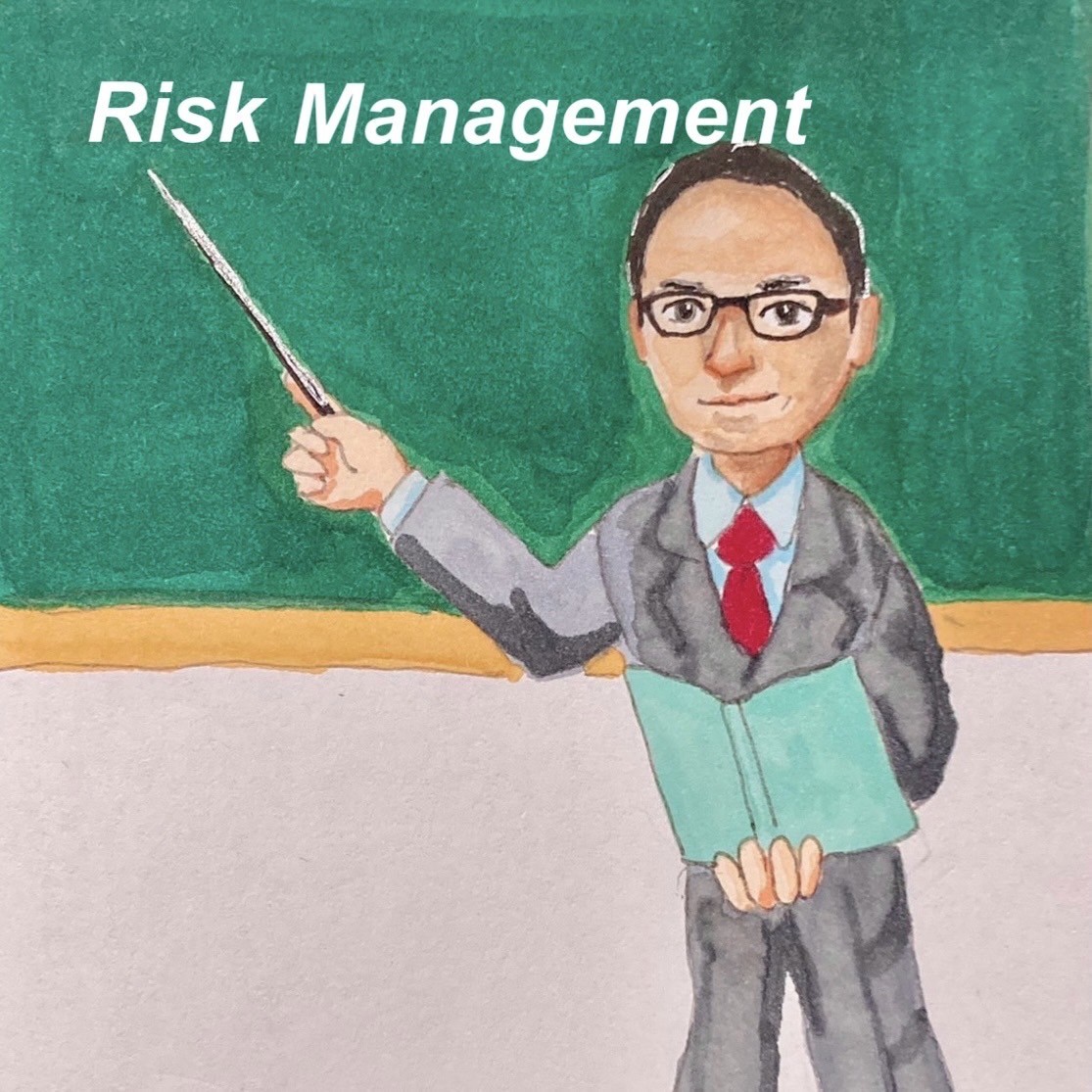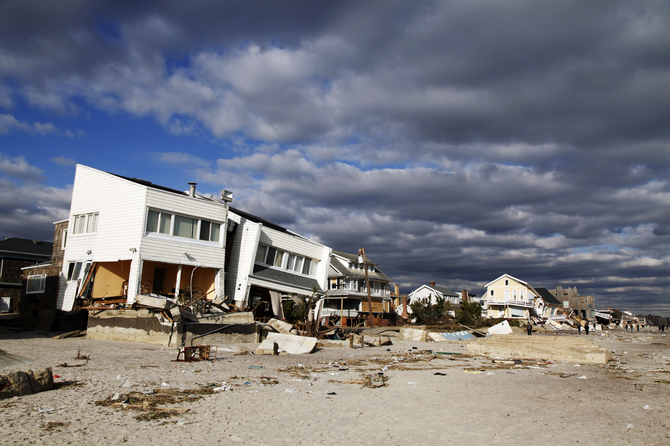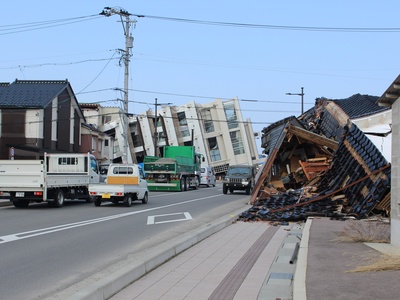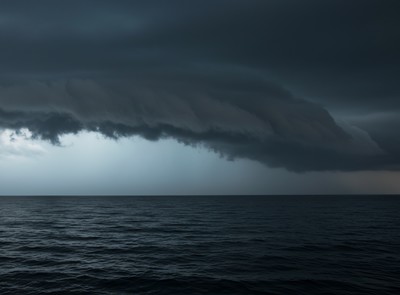BASE FLOODは洪水基準
第9回:FEMAに学ぶ洪水対策(その2)

ライアン カミムラ
英国の大学院を卒業後、新建新聞社に入社。リスク対策.comの記者、編集者を経て現在某機械メーカーの海外営業部に勤務。主にコロナ前は海外展示会や海外営業担当、コロナ後はオンラインで英語プレゼンに従事。記者時代の経験を生かし、現在も記事、イラスト、翻訳を兼業。
2022/05/19
危機管理で学ぶ英語

ライアン カミムラ
英国の大学院を卒業後、新建新聞社に入社。リスク対策.comの記者、編集者を経て現在某機械メーカーの海外営業部に勤務。主にコロナ前は海外展示会や海外営業担当、コロナ後はオンラインで英語プレゼンに従事。記者時代の経験を生かし、現在も記事、イラスト、翻訳を兼業。

米国連邦緊急事態管理庁(Federal Emergency Management Agency:以降「FEMA」)のホームページでは、危機管理に関する様々な専門用語をglossary(用語集)としてまとめています。その用語集を参考に、前回に引き続き“洪水”に関する言葉について学習していきましょう。
1. Meeting National Flood Insurance Program (NFIP) requirements is the most cost-effective way to reduce the flood risk to new buildings and infrastructure.
出典:https://www.fema.gov/floodplain-management/manage-risk
インフラや新築ビルにとって、洪水リスクを減らす最も費用対効果の高い方法はNFIPの要求事項を満たすことです。
2. Base Flood
A flood having a one percent chance of being equaled or exceeded in any given year. This is the regulatory standard also referred to as the "100-year flood."
The base flood is the national standard used by the National Flood Insurance Program (NFIP) and all Federal agencies for the purposes of requiring the purchase of flood insurance and regulating new development. Base Flood Elevations (BFEs) are typically shown on Flood Insurance Rate Maps (FIRMs).
出典:https://www.fema.gov/about/glossary/b
基準洪水
年1%以上発生する可能性(年超過率)がある洪水のこと。規制基準であり、“100年洪水“とも言われます。基準洪水は、NFIPとすべての連邦機関が使う国の基準であり、洪水保険を購入する際の要求事項や新規開発の規制のために使用されます。基準洪水位は、一般的に洪水保険料率地図によって示されます。
3. Base Flood Elevation
The elevation of surface water resulting from a flood that has a 1% chance of equaling or exceeding that level in any given year.
出典: https://www.fema.gov/about/glossary/b
基準洪水位
年1%以上の発生確率(年超過率1%)の洪水(基準洪水)に達する際の水位のこと。
危機管理で学ぶ英語の他の記事
おすすめ記事


中澤・木村が斬る!今週のニュース解説
毎週火曜日(平日のみ)朝9時~、リスク対策.com編集長 中澤幸介と兵庫県立大学教授 木村玲欧氏(心理学・危機管理学)が今週注目のニュースを短く、わかりやすく解説します。
2026/01/06

リスク対策.PROライト会員用ダウンロードページ
リスク対策.PROライト会員はこちらのページから最新号をダウンロードできます。
2026/01/05
年末年始にサイバー攻撃は約2倍以上増加する
サイバー攻撃のリスクは、平日よりも休日に高まる傾向がある。デジタルデータソリューション株式会社(東京都港区)の調査によると、年末年始にはサイバー攻撃が約2倍以上に増加することが明らかになっているという。
2026/01/04

能登半島地震からまもなく2年
能登半島地震からまもなく2年。災害対応の検証も終盤に入っています。浮上した課題を反映し、災害関連法も変わりました。来年はこれらの内容をふまえた防災・BCPの見直しが加速しそうです。発災直後から被災地を調査し、石川県の初動対応を振り返る検証委員会の委員も務めた金沢大学准教授の青木賢人氏に防災・BCP強化の方向を聞きました。
2025/12/25





※スパム投稿防止のためコメントは編集部の承認制となっておりますが、いただいたコメントは原則、すべて掲載いたします。
※個人情報は入力しないようご注意ください。
» パスワードをお忘れの方